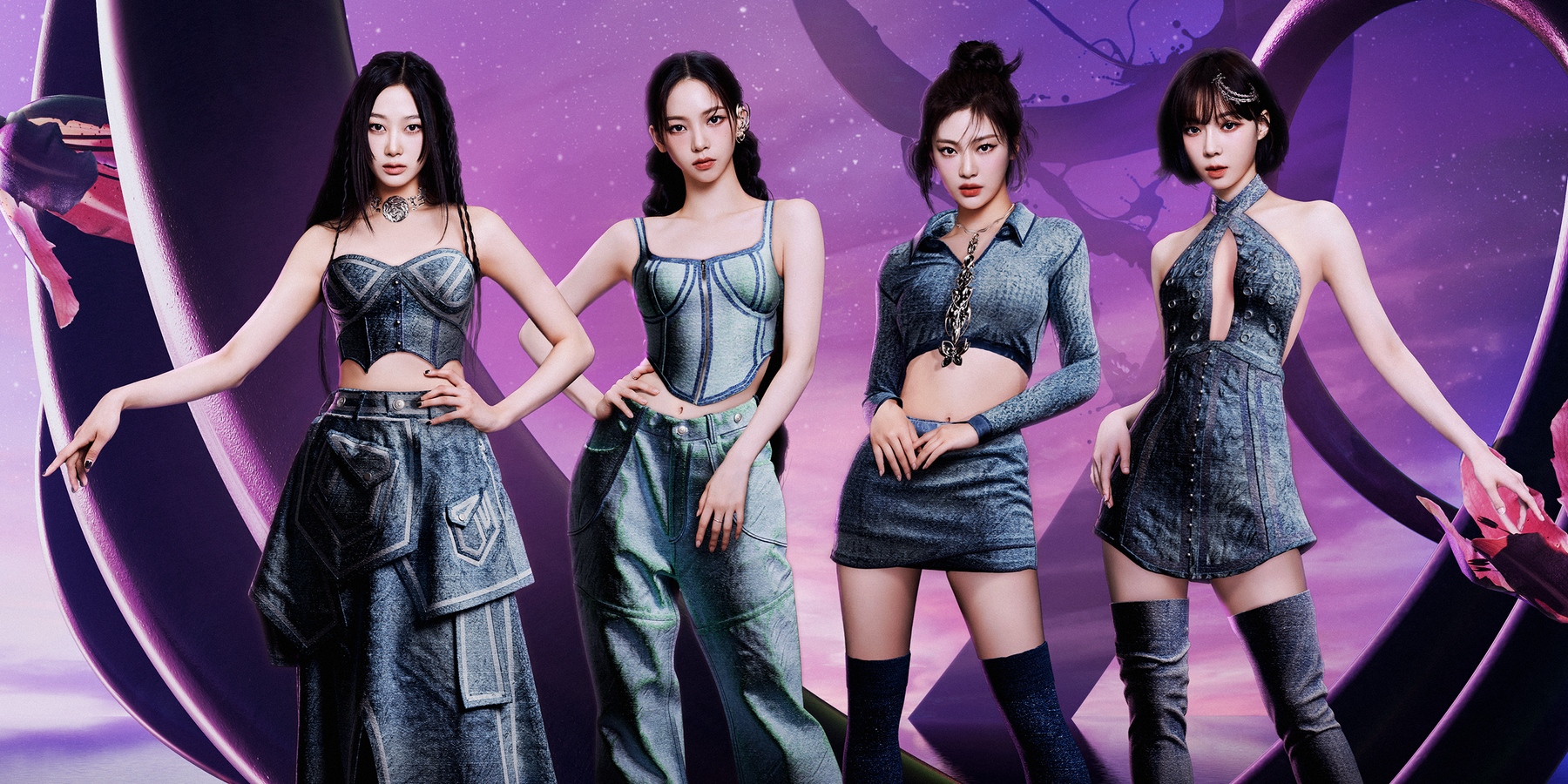
Marjorie Hernandez helped start The Dematerialised in late 2020 as a Web3 digital fashion marketplace where people can buy and sell authenticated virtual goods.
Since then, the virtual fashion landscape has exploded with new entrants vying for a share in the digital fashion space. The co-founder Hernandez has since embarked a number of projects with the common goal of challenging the traditional fashion business models of production, consumption and ownership.
Related | Bask in aespa's Digital Glow
Her company's recent partnership with PAPER saw fashion, tech and music collide with a polygon-based creative collaboration centered around the members of K-pop act aespa, and their respective avatars, æ-aespas and a digital capsule collection.
Below, Hernandez talks about how to collaboration came to be and what the future of digital fashion holds.
What about this collaborative project are you most pleased with?
One of the most exciting parts of this collaborative experience was the way in which The Dematerialised, aespa and PAPER were able to come together as creative industry leaders to push the boundaries of Web3 and K-pop. This project brought together experts and communities from around the globe in fashion, technology, music and pop culture, demonstrating how the formerly disconnected siloes of creative production are now coming together in the new digital lifestyle arena.
A lot of the pieces sold out quickly! What do you make of the positive reaction?
The responses from our communities have been phenomenal. We are so thrilled to see people wearing these beautiful pieces from the aespa collection, and I feel that it represents the direction of future engagement opportunities between artists, fans and users as these technologies become more accessible to all. These designs truly capture KARINA, NINGNING, WINTER and GISELLE’s signature symbols, traits and personalities, so the collection really resonates with their fans and has introduced new community members to aespa and K-pop culture seamlessly.
What went into choosing the digital denim looks for AESPA?
The decision to use denim was inspired by the punk aesthetic that aespa and PAPER both share. Denim is such a sensory material that evokes a strong sense of touch; at DMAT we where excited by the challenge of recreating this digitally. We imbued the denim with a holographic shine to show how materials can be elevated when brought into the digital realm. We believe that digital clothes should always contain elements that cannot be recreated IRL and our holographic denim is definitely an example of this.
What have you noticed most about people's attitudes toward digital fashion now vs. when you first started The Dematerialised?
Digital fashion has enabled new forms of self-expression, where users are wearing creative designs that are not limited to the boundaries of our physical dimension. Designers are tapping into the full force of boundless creativity in our digital dimension, and we are now seeing beautiful garments like we have never seen before. People love to wear digital fashion in mixed-reality or virtual settings, and more communities across different creative industries are exploring how they can incorporate digital fashion into their brand experiences.
How widespread and mass adopted do you believe digital fashion has the potential to be?
Billions of people around the world use smartphones daily, and as we enter a future that is more dematerialised than the present we can expect that digital fashion will continue to be adopted at a rapid pace as accessibility and user experience improves. Designers, brands and users will all be able to access, integrate and use digital fashion seamlessly.
From Your Site Articles
- Giselle Is aespa's Determined Vibe-Setter ›
- Bask in aespa's Digital Glow ›
- PAPER Announces aespa Digital Fashion Series With DMAT and Warner ›
- aespa Ditches the Metaverse for Reality in "My World" ›
Related Articles Around the Web
